| By Thomas Brett |
Introduction To The Series:
Learning How To Learn is one of the most crucial steps you can take towards becoming great at pretty much anything – And what better place to learn than from the minds of people who have actually been doing the job successfully for years?
In this ongoing series of Blogs, we’ll explore the valuable words of wisdom bestowed upon us by some of the most sought after names in the recording studio business, and discover how you can apply this advice to your own situation.
This week, we’re taking a look at some excellent advice from a man who’s been involved with some of most successful and influential albums in metal history: Randy Staub.
NOTE: If you’re hoping to find some “secret mix settings” or “magic formulas” in this article then you might as well leave now… I can guarantee you that the real secrets behind each of these engineers’ success are their ears and personal tastes.
Remember:
Following the practical “workflow and decision-making” advice these guys have to offer from years of experience in the business is far more valuable than trying to copy the settings they’ve used for specific songs!
VOLUME 2: RANDY STAUB
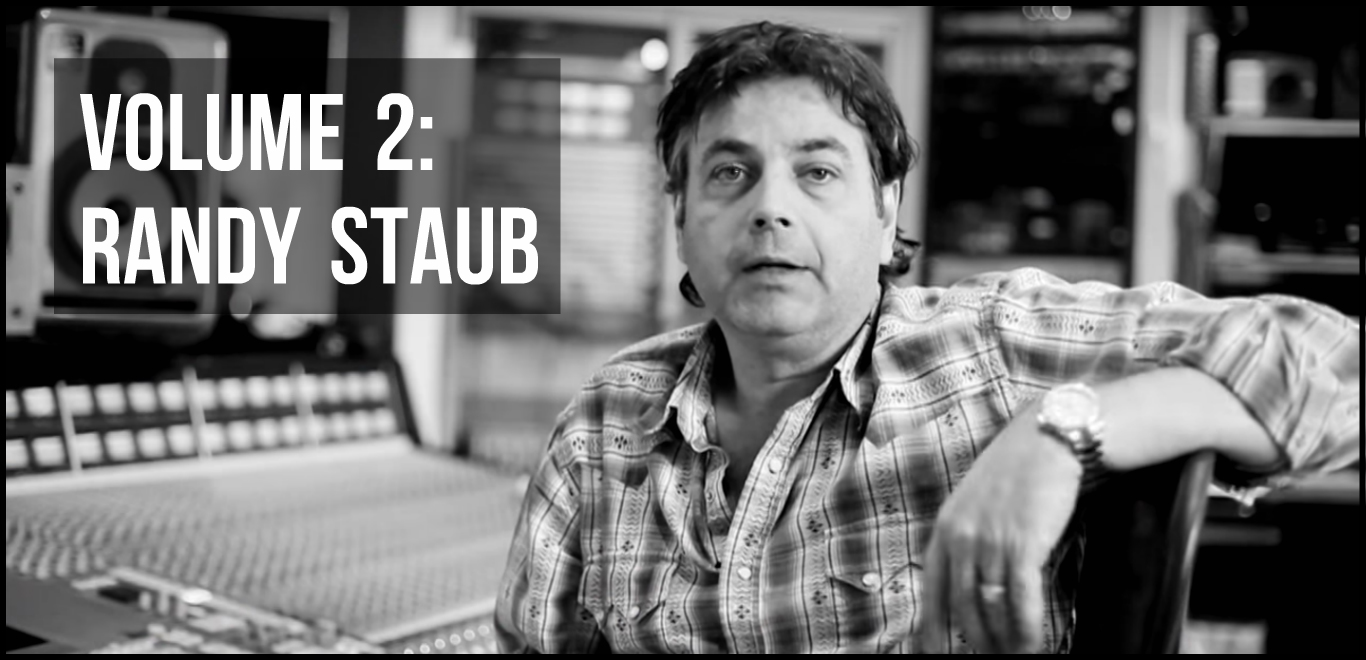
Who Is Randy Staub?
Randy Staub is a Canadian recording & mixing engineer best known for his groundbreaking work on Metallica’s Black Album. His signature sound is one of the most recognisable in the industry and often cited as a golden standard in the worlds of hard rock and heavy metal production.
Some of the artists he’s worked with include:
Metallica
Motley Crue
Bon Jovi
Alice In Chains
Nickelback
Evanescence
Stone Sour
AND MANY MORE…
Now that you know exactly who you’re dealing with, let’s cut straight to the chase:
Here Are 5 Pieces of Audio Advice From Randy Staub:
1 – THE IMPORTANCE OF THE ROUGH MIX
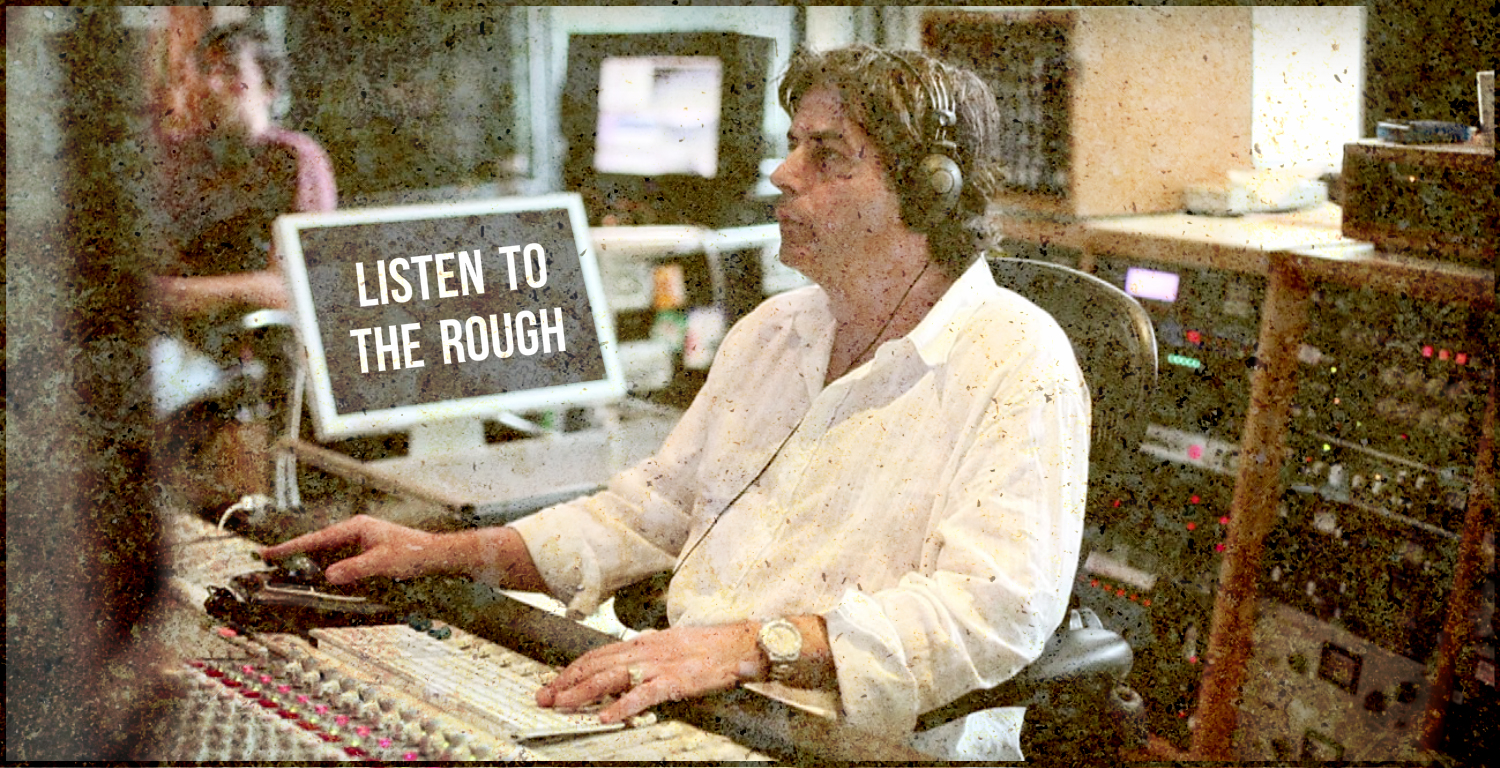
“I like to talk with the producer and artist before I begin mixing, to get as clear a picture as possible of what they want to achieve. For the same reason, I like to hear the rough mixes, because people will have spent a lot of time on them, and they give me a basic idea of the kind of balance and perspective that the artist and producer have in mind.” – Randy Staub
Swallow your pride – Take cues from the rough:
NOTE: It goes without saying that not all sessions you receive to mix will necessarily have been recorded by people who know what they’re doing… In this case, I’m primarily talking about the situations where a fairly decent rough mix has been provided for reference alongside the raw material.
- Your personal inclinations as a mixer won’t always align with that of the band & producer. Paying close attention to a client’s rough mix is the easiest way to gain some quick insight into their vision for the track and help you to determine the sonic direction to take it in.
- The band and producer have probably been listening-to & tweaking the rough mixes for weeks, even months before finally handing the sessions over to you. Chances are: They’re probably already in the same ballpark as what they want the end product to sound like.
- A mixer’s job is often simply to realise the artist’s vision and try to make it sound clearer, punchier, wider, etc… not to re-imagine and change the entire thing (Unless you’ve been told otherwise…) If the client wanted the final mix to sound drastically different from the rough, they probably would have recorded it differently in the first place!
- Your first playthrough of the rough is extremely crucial, as it’s the only time you’ll get to hear the track with an unbiased perspective. Don’t underestimate the value of fresh ears. It’s all too easy to develop a blind-spot towards certain issues as you start to grow more familiar with the material.
- Always make sure to take quick note of anything that jumps out at you during this “honeymoon” period (both the good, and the bad). Your initial reactions are comparable to those that a potential audience member might have, and are consequently the most important things to address while mixing the song.
2 – IT’S CALLED “MIXING”, NOT “FIXING”…
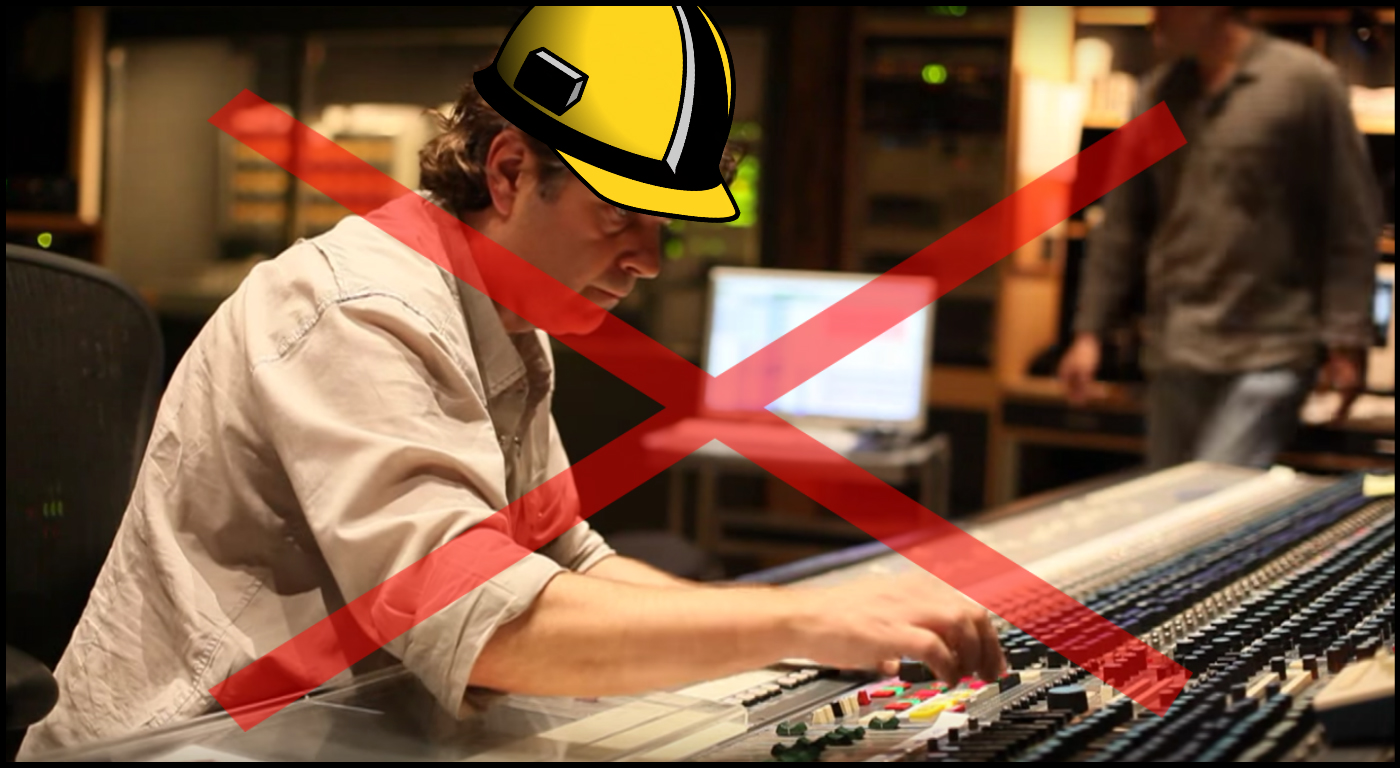
“If something is recorded very poorly, then chances are it will sound poor in the end. There’s definitely a correlation, and young engineers need to realise that. It’s surprising how often I get comments where they’ll send a song over and say they want the drums to sound like Metallica, and I’ll pull the drums up and it sounds absolutely nothing like Metallica. I’ll ask them: ‘When you were in the studio getting the sounds did you put on a Metallica record and A/B? No? Well it doesn’t just come out of thin air, it’s gotta to be in there to begin with…’ If young engineers spend little more time crafting it how they want, then at the end it’ll sound closer to how they want.” – Randy Staub
“I always tell people that you have to create the sound of the record that you want right from the beginning, so that when the mixer first pushes up the fader, the record is already there. If everything sounds the way it should, the arrangements are good, the emotion is there, the balance is there, then your job as a mixer is to take it to another level.” – Randy Staub
The sounds need to be there from the get-go:
- A/B referencing during the recording and mixing stages is a process that a lot of beginner engineers seem to undervalue until they’ve actually given it a go for themselves.
- Our ability to accurately memorise specific sounds is extremely short-term, so it’s not worth relying solely on what you think something sounds like, only to find out that you’ve missed the mark entirely further down the line.
- Do yourself a favour: If you have a particular goal in mind when trying to craft a sound, then actively reference it alongside your own material throughout the duration of the recording and mixing process in order to confirm you’re on the right track.
- Another important step towards achieving these sounds is to simply do your research. Figure out the pieces of gear and techniques which were used in order to capture said sound. Experiment with your own setup until you’re happy with the results.
- You can’t expect a strat going into a small combo amp to end up sounding like EMG’s into a 5150 with the few moves of an EQ during mixing…
3 – THE SECRET TO LEGENDARY GUITAR TONE?

“There is no real big secret, except that you have to find a good sounding cabinet & head and have a great sounding player. If you have really good equipment it will naturally sound good, then you can take it to the next level with mic placement, the room it’s in and not over EQ’ing it. If the source is really good, it will sound good in the end!” – Randy Staub
Get the tone at the source:
- It’s easy to get carried away with fancy techniques and endless chains of guitar pedals, only to end up wondering why your tones don’t sound like those of your favourite bands. Maybe it’s time to re-evaluate and go back to the bare basics…
- Great guitar tones are rarely the result of heaps of processing and “secret mixing tricks”… In fact, you’d be surprised at how little EQ is actually being applied to a lot of the amazing tones you hear on records mixed by famous engineers. (Watch the Nolly or Kyle Black Nail The Mix videos and you’ll see exactly what I’m talking about)
- Taking the time to learn how to properly dial in a guitar tone and place a microphone in front of a speaker cabinet in the room will go a long way towards reducing the amount of processing you’re having to mess with after the fact.
NOTE: Check out my “Recording Tips” Blog series from a few months back for a huge selection of video tutorials on tweaking amp settings and proper microphone placement.
https://urm.academy/make-recording-50-better-with-these-5-tips-part-2/
4 – DON’T SACRIFICE QUALITY FOR LOUDNESS
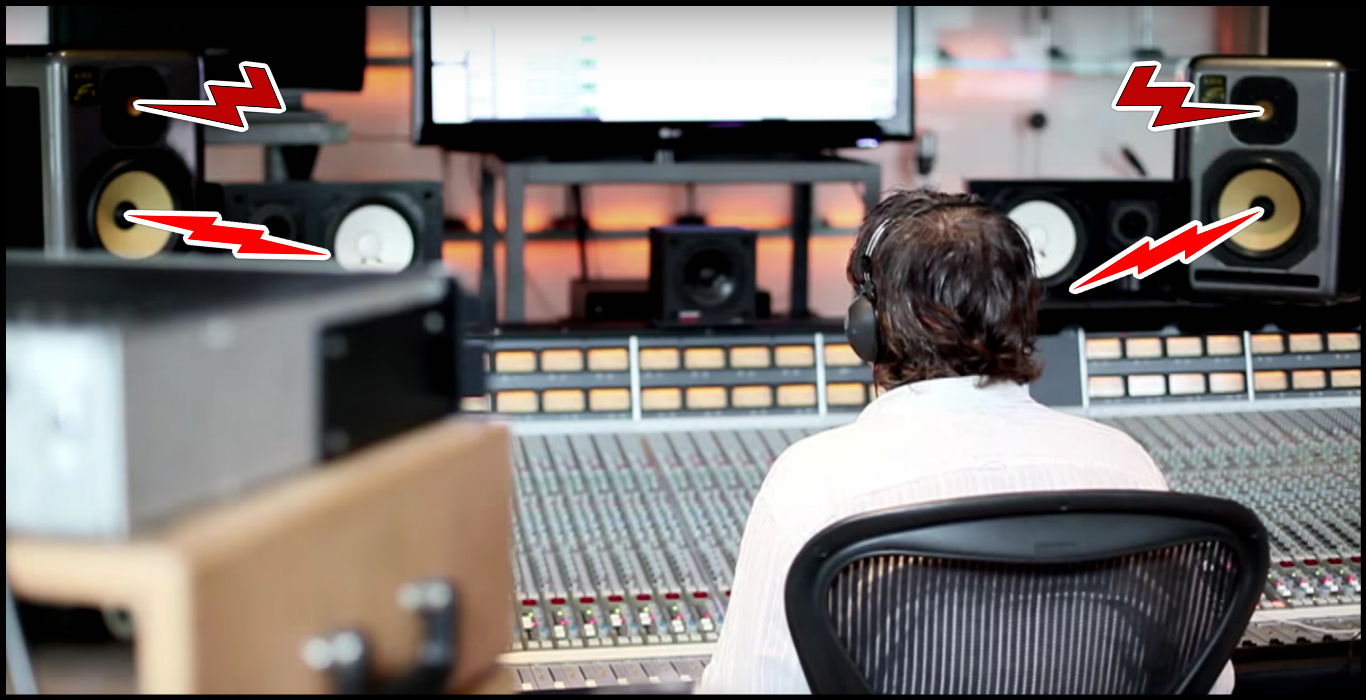
“Records have become too loud, and I don’t like it too loud. You can only go so loud until you reach a point where records don’t sound very good any more. They become too linear, are fatiguing to listen to, and will distort on consumer electronics which can’t take the level.” – Randy Staub
Loud – But at what cost?
- What’s the point in spending hours upon hours trying to squeeze transient punch and snap out of your drums if you’re just going to shoot yourself in the foot later on with an overcooked, “homebrew” mastering job using outdated tools…
- At the end of the day, making sure your music is loud enough to hold it’s ground alongside everything else on the market is important, and disregarding the maximisation process in it’s entirety isn’t really a viable option at this point.
- A better solution to this issue is to simply do your research towards figuring out the best techniques of retaining as much of the punch and perceived dynamics as possible while still reaching competitive volume levels.
- Luckily, we now have access to some great new processing tools such as Joey Sturgis’ “Finality” and “JST Clip” and Kazrog’s “Kclip” which are designed for this very purpose. These products do an excellent job of preserving your dynamic impact and are a huge step up from what was previously available to engineers.
Check these plugins out here:
https://joeysturgistones.com/products/finality?variant=11134488897
https://joeysturgistones.com/collections/everything/products/jst-clip?variant=1263455681
http://kazrog.com/products/kclip/
- Regardless of what you end up using, approach the concept of loudness with extreme caution. Always make sure there’s a valid reason behind each and every decision you make, and that you’re not just “steamrolling your mix flat” just for the sake of it.
5 – CONCLUSION: THE SONG IS KEY
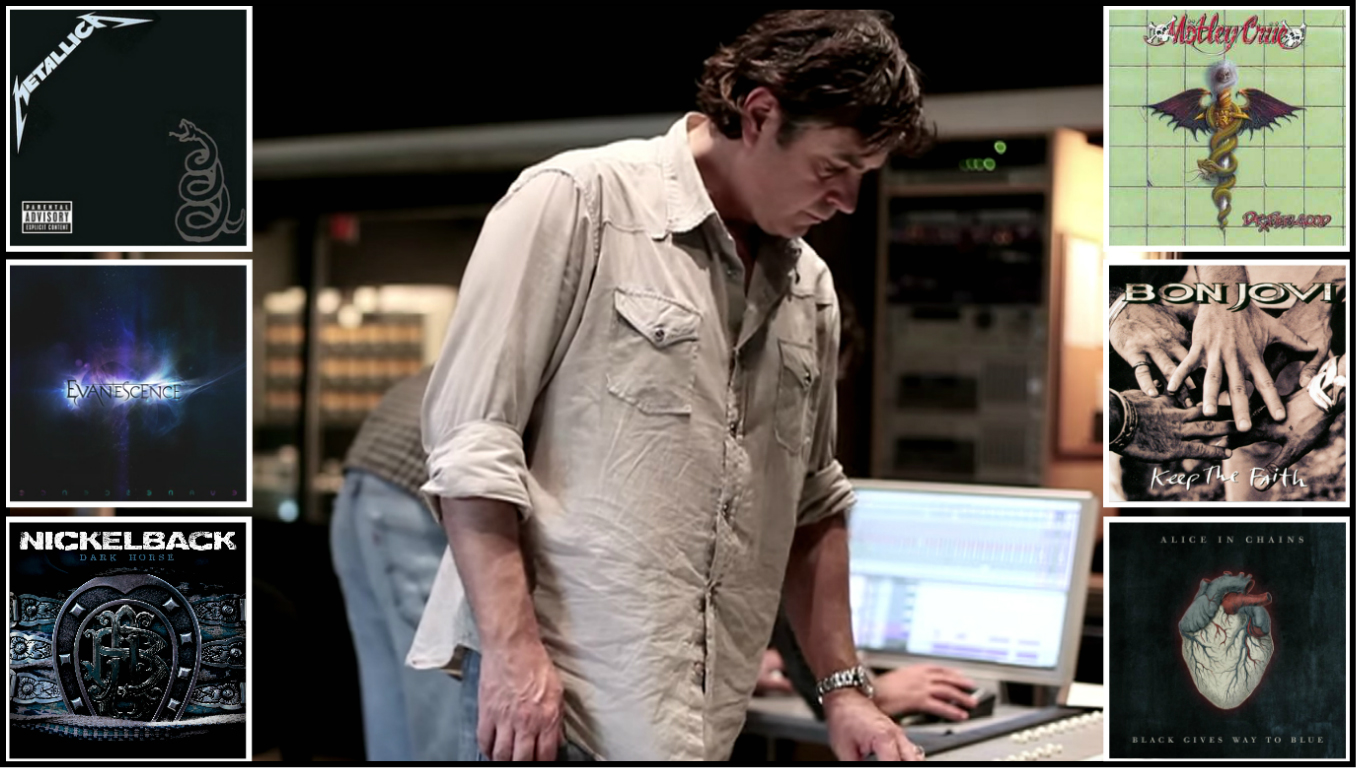
“It’s odd… I’ve worked on and mixed records where I’d swear on my grandmother’s grave that it’s gonna be a smash, and the thing barely makes a dent! Other records you work on you’re like ‘This is really good, but it’s not gonna take over the world’ and for some reason it does! So, it’s hard to predict… One thing I do know, is that if you don’t have a great song it definitely won’t be a hit.” – Randy Staub
A good song will transcend the quality of the mix:
- Regardless of how great an engineer and mixer Randy is, some of the amazing albums he worked on would have probably still been fairly successful if the bands had chosen someone else to mix… How? Because the key ingredient that a lot of these albums have in common is the high quality of the songs.
- Having a killer mix is definitely a bonus, and can really help convey the power or emotion of a song as it was originally intended. However, it’s important to always keep in mind that no amount of studio trickery or technical perfection will ever make up for the lack of strong core material to begin with.
Final Words:
This concludes “Learn From The Legends – Volume 2: RANDY STAUB.” I hope that this article has given you some new ideas to try out during your next project. Be sure to comment below if any of this information has helped you out, or if you have any questions.
Stay tuned for more production/mixing related articles in the not-so-distant future!
Thomas Brett is a producer, mixing engineer and songwriter at Brett Brothers recording studio in the UK. Check out the Brett Brothers studio website for more information and articles on all things mixing www.brettbrothersstudio.com
Read Learn From The Legends – Volume 1: Chris Lord-Alge here!
Want mix tips from Thomas Brett? Read them here!
 Nail The Mix is our online mixing school that gives you REAL multi-tracks from REAL bands, plus a mixing class from the producer who recorded it. Past guests include Periphery, Chelsea Grin, Machine Head and State Champs. Join now for instant access!
Nail The Mix is our online mixing school that gives you REAL multi-tracks from REAL bands, plus a mixing class from the producer who recorded it. Past guests include Periphery, Chelsea Grin, Machine Head and State Champs. Join now for instant access!
![Learn From The Legends - Volume[ URM BLOG ] Learn From The Legends - Volume 2: Randy Staub](https://urm.academy/wp-content/uploads/2017/04/Learn-From-The-Legends-Volume-2-Randy-Staub-100x56.jpg)
2 thoughts on “Learn From The Legends – Volume 2: Randy Staub”